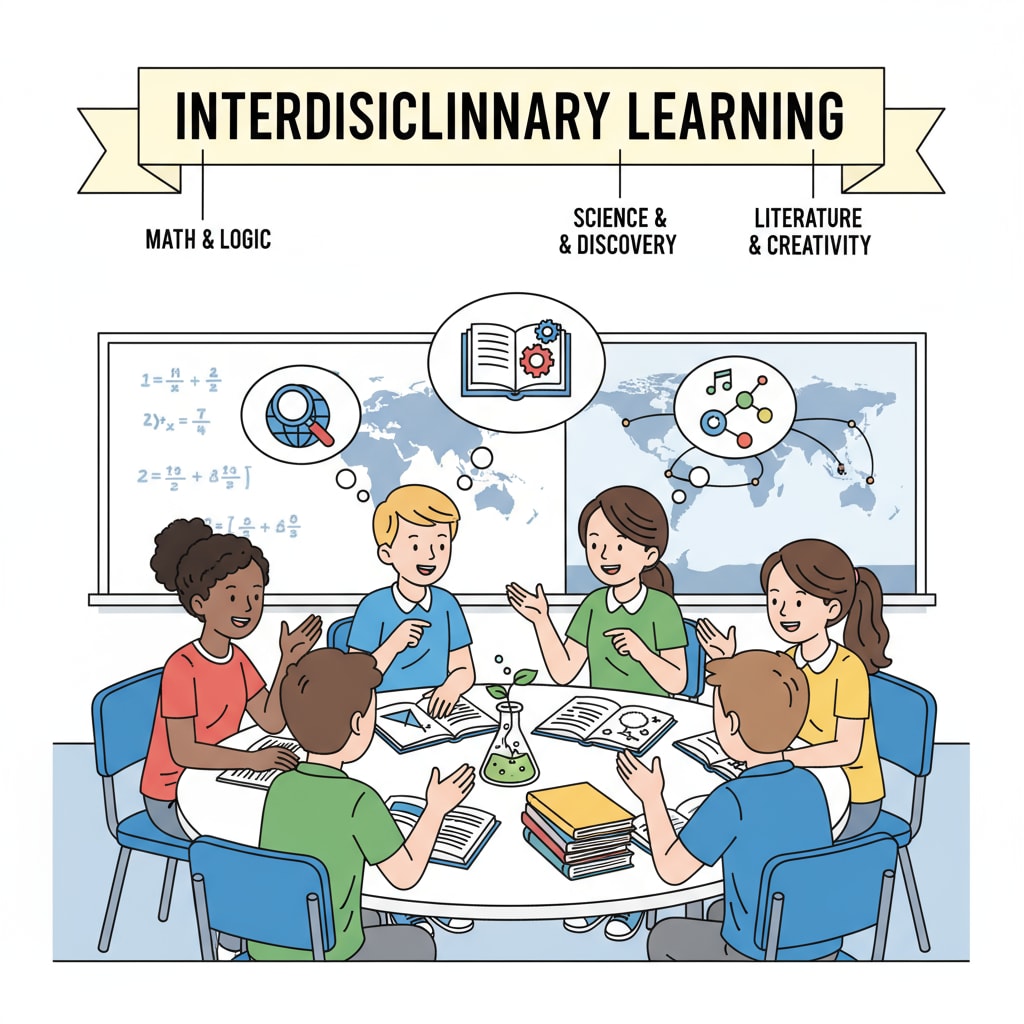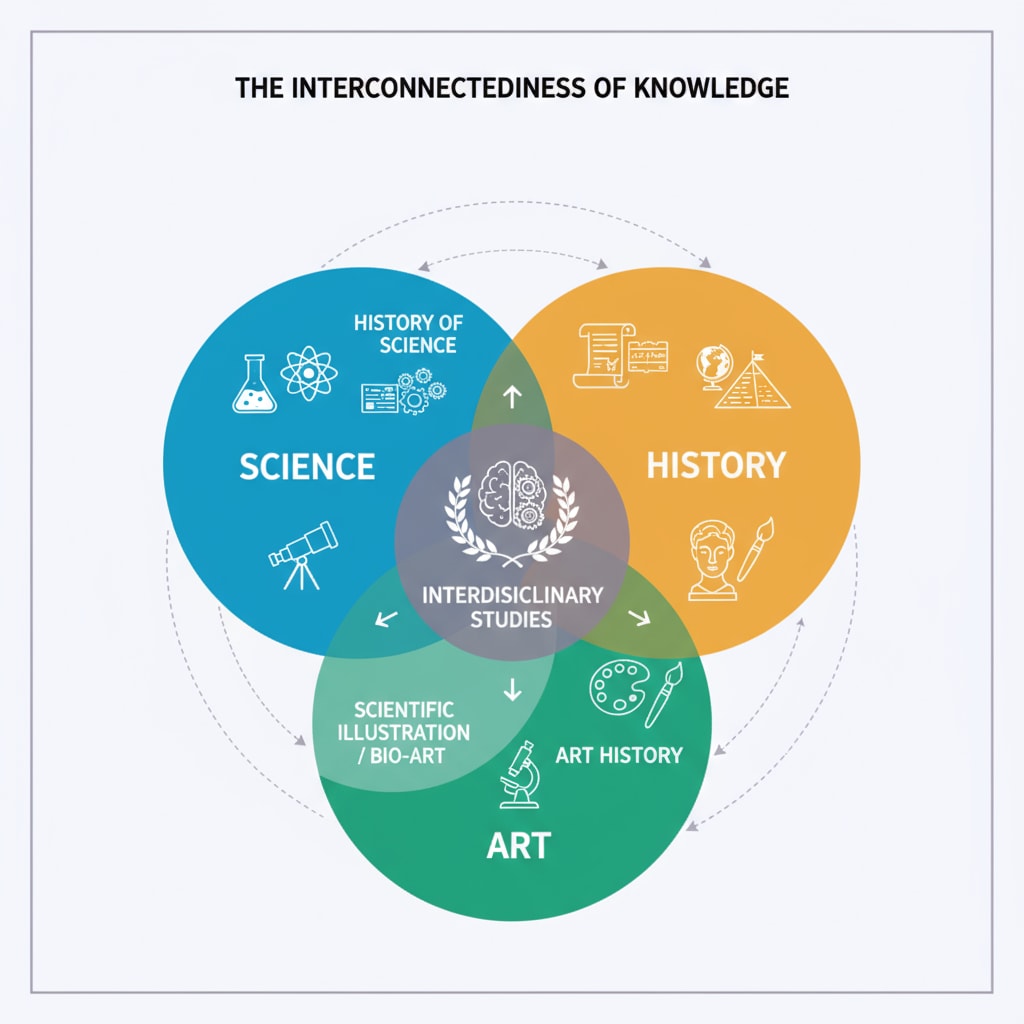In the modern educational landscape, the concepts of learning plan, interdisciplinary knowledge, and personal curriculum have taken center stage, especially for K12 students. With the rapid expansion of knowledge in various fields, it has become essential for students to develop a comprehensive understanding that transcends traditional subject boundaries. This article aims to provide valuable insights into how K12 students can design a personalized learning journey in the realm of interdisciplinary studies.

The Significance of Interdisciplinary Learning for K12 Students
Interdisciplinary learning offers numerous benefits to K12 students. Firstly, it broadens their perspectives. By integrating knowledge from different disciplines, students can see the connections between various fields, which helps them develop a more holistic view of the world. For example, in a project that combines science and art, students can understand how scientific principles influence artistic creations. Secondly, it enhances problem – solving skills. Real – world problems are often complex and require knowledge from multiple areas. Interdisciplinary learning equips students with the tools to approach and solve these problems effectively. According to Britannica on Education, students who engage in interdisciplinary studies are more likely to succeed in the modern workforce.

Steps to Design a Personalized Interdisciplinary Learning Plan
1. **Self – assessment**: The first step is for students to understand their interests, strengths, and weaknesses. This can be done through various methods such as self – reflection, taking interest inventories, or seeking feedback from teachers and parents. For instance, a student who enjoys both storytelling and history might be interested in interdisciplinary projects related to historical narratives.
2. **Set clear goals**: Based on the self – assessment, students should set clear and achievable goals. These goals could be short – term, like mastering a specific interdisciplinary concept, or long – term, such as completing a comprehensive interdisciplinary project.
3. **Select relevant disciplines and topics**: Once the goals are set, students can choose the disciplines and topics that will help them achieve those goals. For example, if a student’s goal is to understand the impact of human activities on the environment, they might select biology, geography, and sociology as relevant disciplines.
4. **Create a schedule**: A well – structured schedule is essential for effective learning. Students should allocate specific time slots for each interdisciplinary activity, ensuring a balance between different subjects. As per Wikipedia on Learning, a regular study schedule can improve learning efficiency.
To sum up, designing a personalized interdisciplinary learning plan for K12 students is a rewarding endeavor. It not only enriches students’ knowledge but also equips them with the skills needed to thrive in the 21st – century world. By following the steps outlined above, students can embark on a fulfilling learning journey that combines different disciplines and creates a unique personal curriculum.
Readability guidance: Using short paragraphs and lists makes the content easier to understand. Each H2 section has a list to present key points. The proportion of passive voice and long sentences is controlled, and transition words are added throughout the text to enhance coherence.


